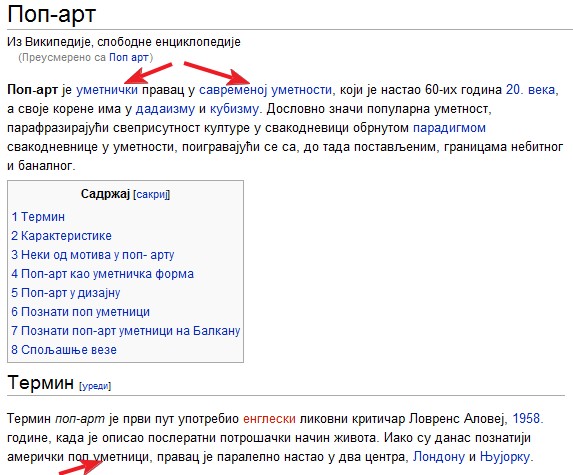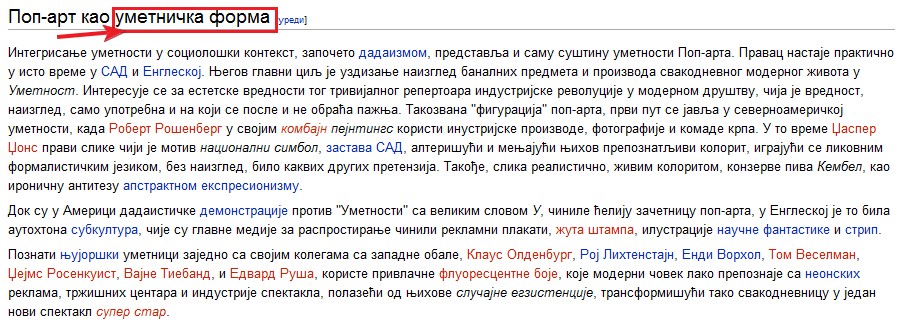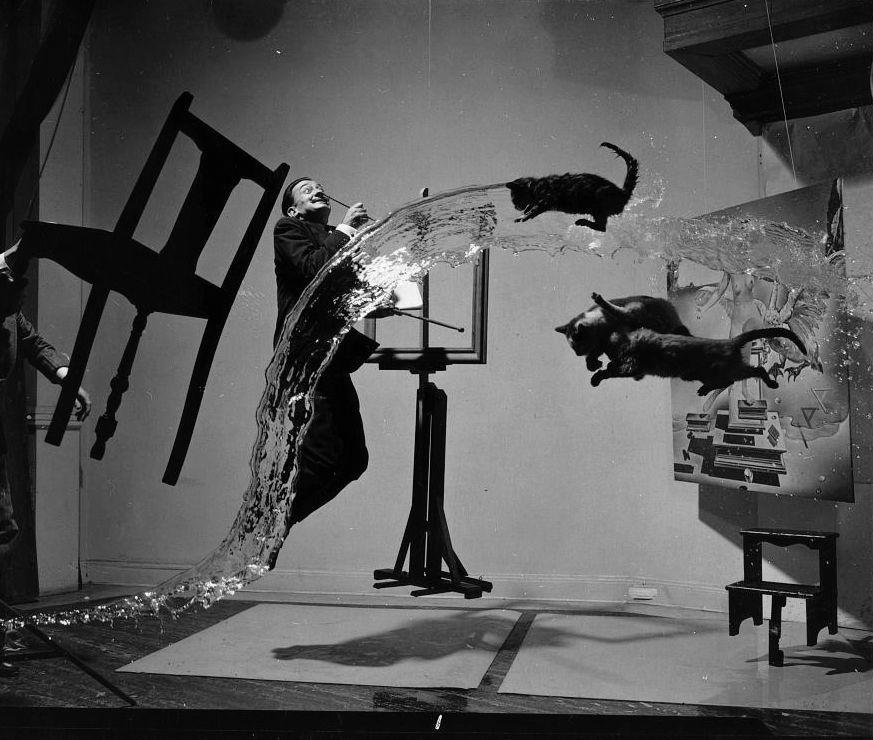...
The problem of definition
There are no universally-accepted definitions of the related terms "art photography," "artistic photography," and "fine art photography," as exemplified by definitions found in reference books, in scholarly articles, and on the Web.
Definitions in reference books
Among the definitions that can be found in reference books are:
"Art photography": "Euphemism for nude photography".
"Art photography": "photography that is done as a fine art -- that is, done to express the artist's perceptions and emotions and to share them with others".
"Art photography": a definition "is elusive," but "when photographers refer to it, they have in mind the photographs seen in magazines such as American Photo, Popular Photography, and Print, and in salons and exhibitions. Art (or artful) photography is salable.".
"Artistic photography": "A frequently used but somewhat vague term. The idea underlying it is that the producer of a given picture has aimed at something more than a merely realistic rendering of the subject, and has attempted to convey a personal impression".
"Fine art photography": "a picture that is produced for sale or display rather than one that is produced in response to a commercial commission".
"Fine art photography": "the production of images to fulfill the creative vision of a photographer. ... Synonymous with art photography".
"Fine art photography": also called "decor photography," "photo decor," or "wall decor," this "involves selling large photos... that can be used as wall art".
Definitions in scholarly articles
Among the definitions that can be found in scholarly articles are:
Two studies by Christopherson in 1974 defined "fine art photographers" as "those persons who create and distribute photographs specifically as 'art.'"
A 1986 ethnographic and historical study by Schwartz did not directly define "fine art photography" but did compare it with "camera club photography". It found that fine art photography "is tied to other media" such as painting; "responds to its own history and traditions" (as opposed to "aspir[ing] to the same achievements made by their predecessors"); "has its own vocabulary"; "conveys ideas" (e.g., "concern with form supersedes concern with subject matter"); "is innovative"; "is personal"; "is a lifestyle"; and "participates in the world of commerce
...
Take Five (1966)
Take Five by Al Jarreau 1976




 Re: Postoji li umetnička fotografija?
Re: Postoji li umetnička fotografija? . Mozda je i to neka vrsta PopArta. Recimo: PopArt replika.
. Mozda je i to neka vrsta PopArta. Recimo: PopArt replika.


 Re: Postoji li umetnička fotografija?
Re: Postoji li umetnička fotografija?
